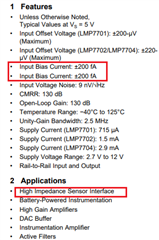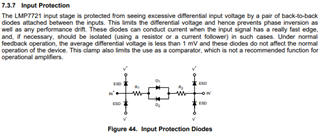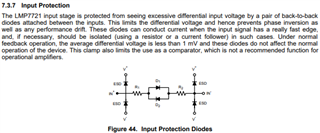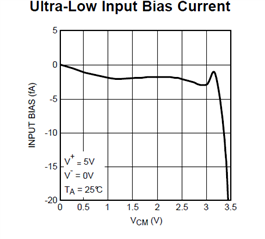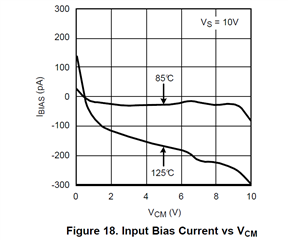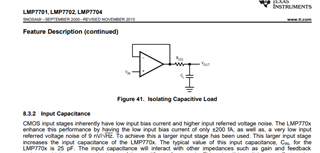Other Parts Discussed in Thread: OPA197, LMP7721, LMP7711, TLV2371, TLV171, OPA192
Tool/software:
Dear Team,
the input impedance (ZID and ZIC) is displayed in OPA197. Can these parameters also be specified separately for the LMP7701?
A "Equivalent Internal ESD Circuit" is also displayed in OPA197, also available vor LMP7701?
Kind regards
Bernd


